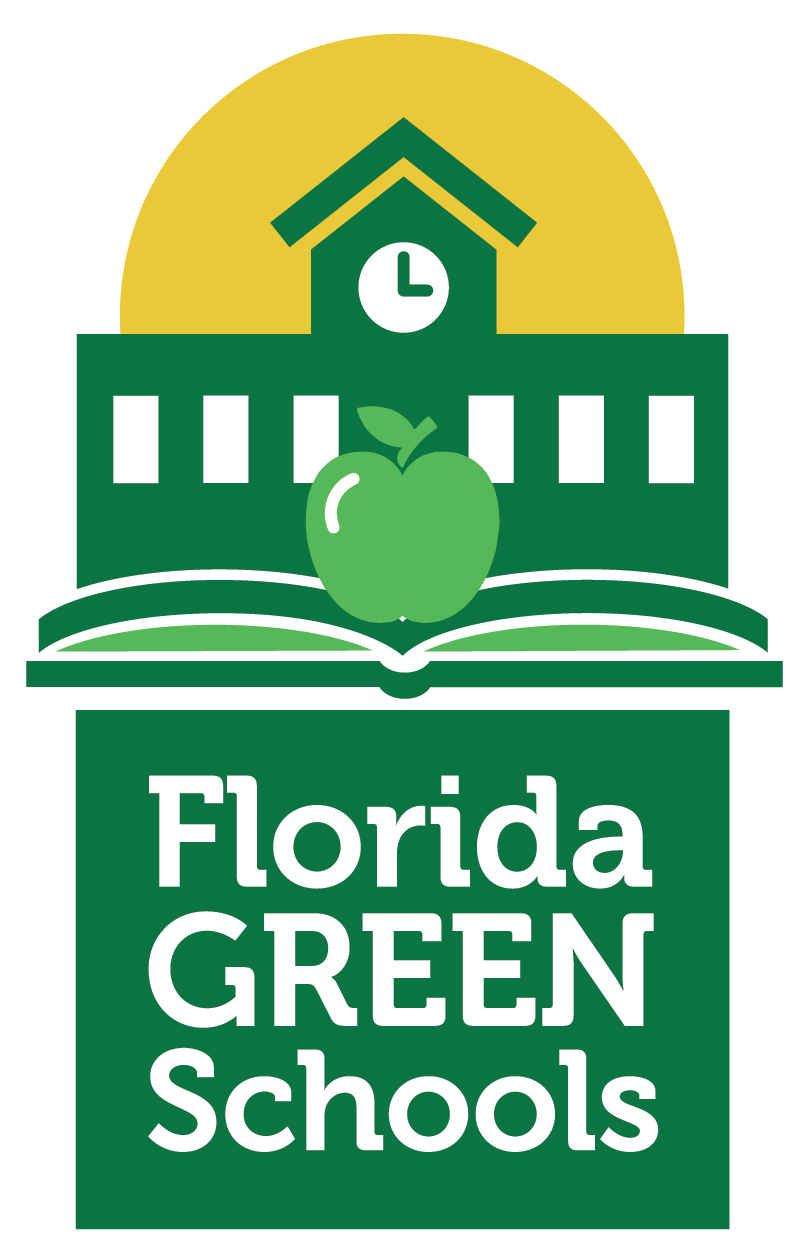Environmental guidelines allow primary and secondary schools to evaluate operations, set goals and take specific actions to continuously improve environmental performance.
To allow for flexible scoring and the ability for schools to decide which initiatives best fit their needs, the Florida Green School Designation Program provides a set of best management practices (BMPs) to use as a guideline for designation and program participation.
The communication component clearly relays the school’s commitment to environmental protection to students and their families, faculty, staff, vendors, suppliers and contractors. The education component provides information about why environmental protection is important, how it affects our daily lives and what actions can be taken to protect natural resources.
Learn More
Waste represents a significant loss of natural resources and school district funds. Waste reduction starts with buying less and doing more with what we already have.
Schools have many opportunities to reduce, reuse and recycle. Committing to a tangible 3Rs (Reduce, Reuse, Recycle) program will help eliminate waste. Learn More
Schools require water for heating and cooling systems, restrooms, drinking water faucets, locker rooms, cafeteria, laboratories, and outdoor playing fields and lawns. Increasing water efficiency provides opportunities for significant cost savings, including decreases in electricity, sewage and chemical costs.
Learn More
According to Energy Star®, approximately 30% of the energy in school buildings is used inefficiently. Accounting for 10% of the energy used by non-residential buildings, K-12 schools spend about $8 billion annually on energy. Daily practices and routines, along with a better understanding of how energy is used, can ensure that schools maximize their energy efficiency.
Learn More
The health and comfort of students and teachers are among the many factors that contribute to learning and productivity in the classroom, which in turn affect performance and achievement. Clean air practices can lead to increased energy efficiency and reduced exposure to health-related liabilities.
Learn More
Motor vehicles are a major source of air pollution in the United States. While vehicle emissions have decreased over the past several decades due to EPA’s emissions standards for cars and trucks, many schools are in areas where air pollution levels are elevated. Several strategies are being used by communities and schools across the country to reduce traffic-related pollution exposure.
Learn More



